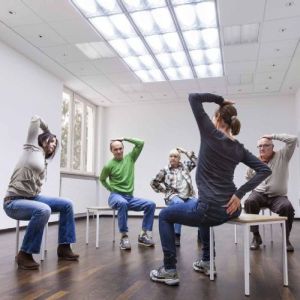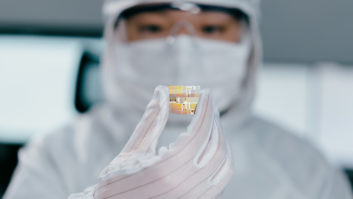
Can lighting offer an effective treatment for chronic pain? TFA reports on the world’s first centre to use new Osram light therapy to combat chronic pain. With one in five Europeans suffering from chronic pain, could lighting offer an effective treatment? Lighting provider Osram has designed a new light therapy solution that aims to improve the health and wellbeing of patients suffering from chronic pain problems.
Installed at the Interdisciplinary Pain Therapy Centre in Munich, the clinic is the world’s first pain centre to include biologically effective light in its therapy programme. Light therapy offers a supportive treatment to relieve pain and prompt the healing process.
By providing patients with a concentrated dose of light of similar composition to daylight, the new concept is expected to achieve positive results for patients with on-going conditions such as arthritis and muscle inflammation. Expected benefits include: better sleep at night, increased alertness during the day and an overall improved physiological and psychological health.
“We are really excited to be working with a clinic that is so forward-thinking and hope that the treatment makes a real difference to those who have on-going chronic pain problems,” said Andreas Wojtysiak of Osram. “The solution has been designed to be both cost-efficient and adaptable for other pain centres, clinics and doctors’ practices and we anticipate it being adopted at other pain centres across the globe.”
Osram has designed the lighting solution based on LED and fluorescent light with an intelligent DALI control system for the production of different light colours and patterns. Biologically highly effective illuminances of up to 4,000 lux are now possible in the physiotherapy and group therapy rooms, as well as the clinic’s reception and waiting area. This is eight times brighter than ordinary lighting in offices, for example, and close to natural daylight conditions.‘We developed various concepts suited to different room sizes and arrangements, as well as varying light at different times of day,” continues Wojtysiak. The Pain Therapy Centre is currently examining scientifically the effects of innovative light systems on pain sufferers, and we hope that this new specialist lighting solution will be a huge success.”
Professor Thomas Tölle, director of the Interdisciplinary Pain Therapy Centre in Munich and President of the German Pain Society adds: “If the light concept works in the manner we envisage in pain therapy, the next few years will certainly see it being established as a standard treatment for specific therapeutic units. It could also be used in places where a high degree of concentration is required, for instance in schools or fire service control centres.” Photo: A light therapy session at the Interdisciplinary Pain Therapy Centre in Munich (courtesy of Osram).
www.osram.co.uk







